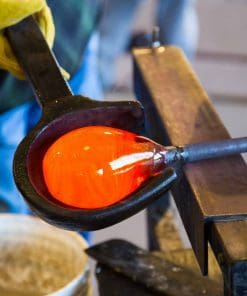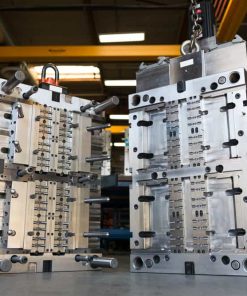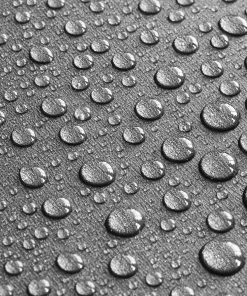Mold Release Agents | ReleaSys™
Advanced Release Coatings Designed for the Toughest Molding Applications
Miller-Stephenson mold release agents are relied upon by global industries to ensure efficient, cost effective, and high quality release of their molded parts. Our product support teams understand what it takes to release the most complex materials in the most demanding molding applications. The ReleaSys™ brand of mold release agents provides solutions for all moldable materials including Polyurethane, Plastic, Rubber, Silicone, Metals, Ceramic, Glass, and Concrete. Our diverse portfolio includes Water-based, Solvent-based, and Zero VOC formulations to meet your requirements.
•Superior Release Agent Performance • Application Specific Formulations • Bulk and Aerosol Release Spray Available • Zero Transfer & Easy to Use












